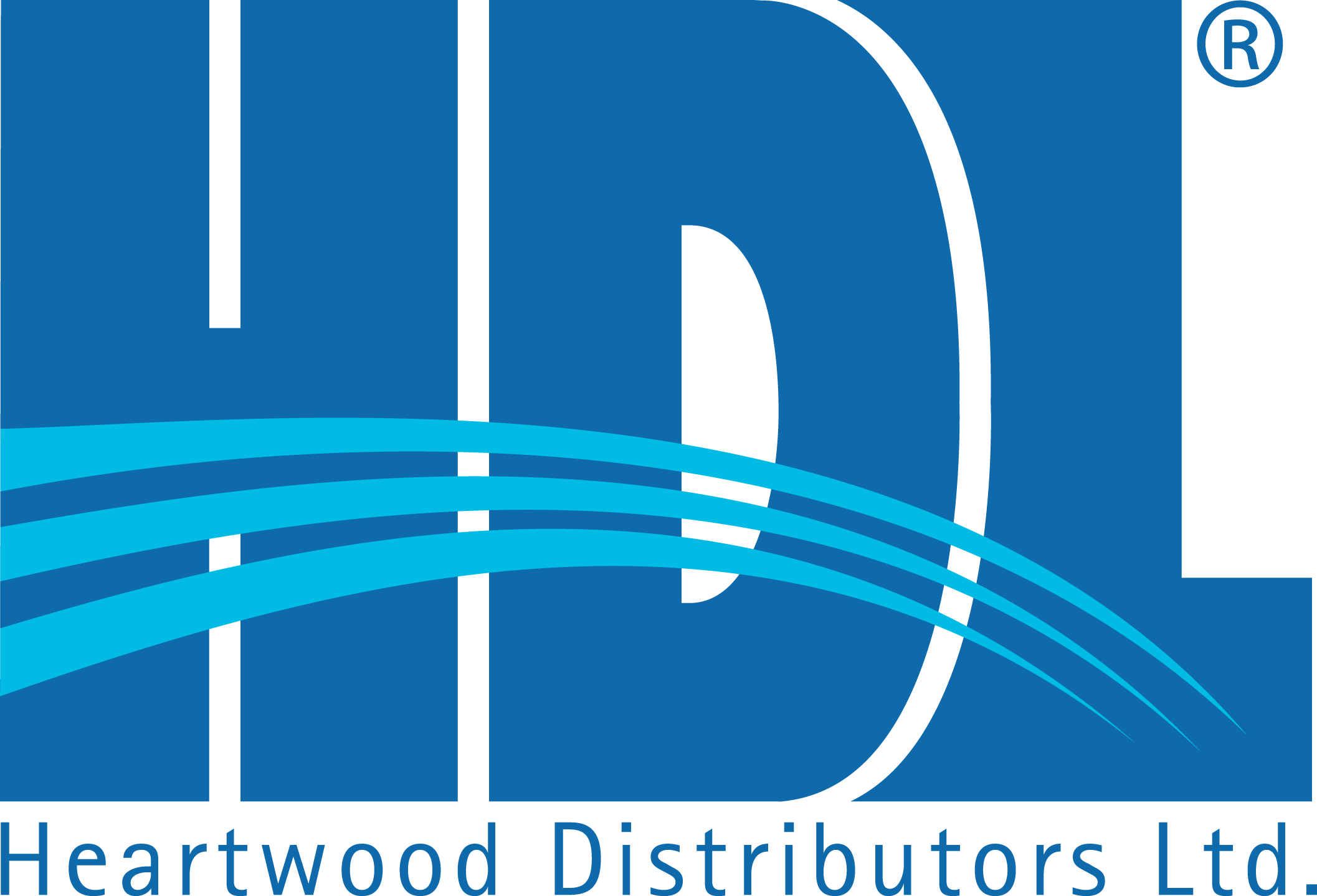It is no coincidence that the name Heartwood was chosen, back in the mid-eighties when we started Heartwood Manufacturing Ltd. Now, as HDL, an inherent love of nature and caring for our environment remains an important element to the growth and success of our business. Proudly situated in the beautiful Okanagan Valley region of British Columbia, we are surrounded by the natural beauty which we all share and are responsible for sustaining.
This serves as a constant reminder that we must take great care of our local community and its resources, while also employing sound business practices and techniques to help reduce our impact on the global environment.
In essence, we are all responsible for our environment and the effect our businesses have on our planet. We strongly believe that the commitment we've always had for improving our environment will not only reward us with a better quality of life today, but ensure a better and brighter tomorrow for future generations.
Our Standards
At HDL, we constantly strive for new ways to reduce, reuse, and recycle waste. We have developed an internal recycling system that recycles all of the office waste paper as well as 98% of the waste from the manufacturing plant.
Through ongoing research and development, and collaboration with our suppliers, we seek and adopt new technologies that promote the use of recycled materials in the manufacturing and packaging processes.
Heartwood are currently in the midst of a transition to paperless systems. Documents that used to get faxed are now being emailed, such as Order and Shipping confirmations. Virtually all invoicing is now being emailed. Incoming faxes are received digitally, allowing orders to be input without the need of a printed page.
Our Suppliers
Our efforts can only be as good as the suppliers we choose to work with. We make every effort to align ourselves with both local and overseas companies who share the same values of integrity and environmental awareness HDL is proud to use source suppliers who consider environmental issues an important aspect of their core values and day-to-day business ethics.
All of our suppliers comply with the stringent certification standards which offer an excellent yardstick by which to measure the quality of our products.
Indoor Air Quality
The California Air Resources Board (C.A.R.B.) is an organization created to develop and implement the most stringent guidelines for indoor air quality standards in the United States.
This is now a mandatory requirement for all furniture and building materials sold in California and the EPA is currently looking to adopt the C.A.R.B. standards nationwide (Canada is expected to follow at the same time). Even China has a testing facility that is now C.A.R.B. certified.
HDL's furniture is made from melamine-faced particle board, produced in Thailand. Our particle board/melamine emissions are tested in Oregon every year and they are currently certified to meet C.A.R.B. regulations.
Such is the quality of our products, they not only meet current C.A.R.B. standards but also meet the level 2 criteria, which came into effect in 2012.
There appears to be an abundance of ‘governing' bodies who offer certification for emissions, similar to C.A.R.B., such as Greenguard, however currently no one ‘authority' is preferred; in fact BIFMA is working to streamline the industry, allowing consumers to more easily understand the various certificates.
As a member of BIFMA, we welcome these industry-related standards to help remove any misunderstanding or confusion from the marketplace and ensure that all products are made to the highest and safest standards.
Emissions Management
Our suppliers own and operate factories with advanced waste treatment systems to help eliminate undesirable emissions.
The use of water-based amino resins in the paper treatment and particle board production processes helps to actively reduce fugitive emissions into the atmosphere.
Dust filtered bag systems are installed at various stations to minimize emissions and provide a healthier working environment. The installation of state-of-the-art EcoDry systems controls the hazardous air pollutants (HAPs) and volatile organic compounds (VOCs) that are generated from the wood chip drying process.
All emissions from this process have been reduced to levels meeting regulatory guidelines for the industry sector.
All particle board used for our products meets the low emission standards that comply with JIS A5908, which is generally accepted to meet or exceed the related North American Standards.
Resource Conservation
We partner with suppliers who actively pursue resource conservation and management.
Our suppliers promote a policy of no "old growth" trees harvested for production of particle board.
Their wood chips can also come from sawmills, planing mills, and other resources where the material is a waste by-product of primary product, reducing the need for purpose milled wood chips.
They undertake the planting and rearing of rubber trees (tree farms) to ensure that a constant resource supply is maintained. This ensures natural forests and woodlands will be left untouched.
A portion of the decorative papers used in our suppliers' laminate production processes contain recycled material.
Closed-loop hot oil heat exchange systems are used in their factories to reduce the amount of water required in production, removing the demands of local water supplies.
Packing Innovations
Heartwood Manufacturing Ltd. is dedicated to improving all areas of the manufacturing process including the impact our packaging has on the environment.
In 2009 we were committed to substantially reducing, if not eradicating, Styrofoam from our packaging and introducing 100% recyclable honeycomb cardboard.
Honeycomb cardboard can be recycled in the same way as regular cardboard and further reduces dependence on fossil fuels for the production of raw materials.
HDL has currently replaced 98% of the Styrofoam previously used for the much more environmentally sound, honeycomb cardboard.
Our aim is to try to find ways to remove 100% of Styrofoam used in our packaging, and further reduce the use of non-biodegradable or non-recyclable material where ever possible.
